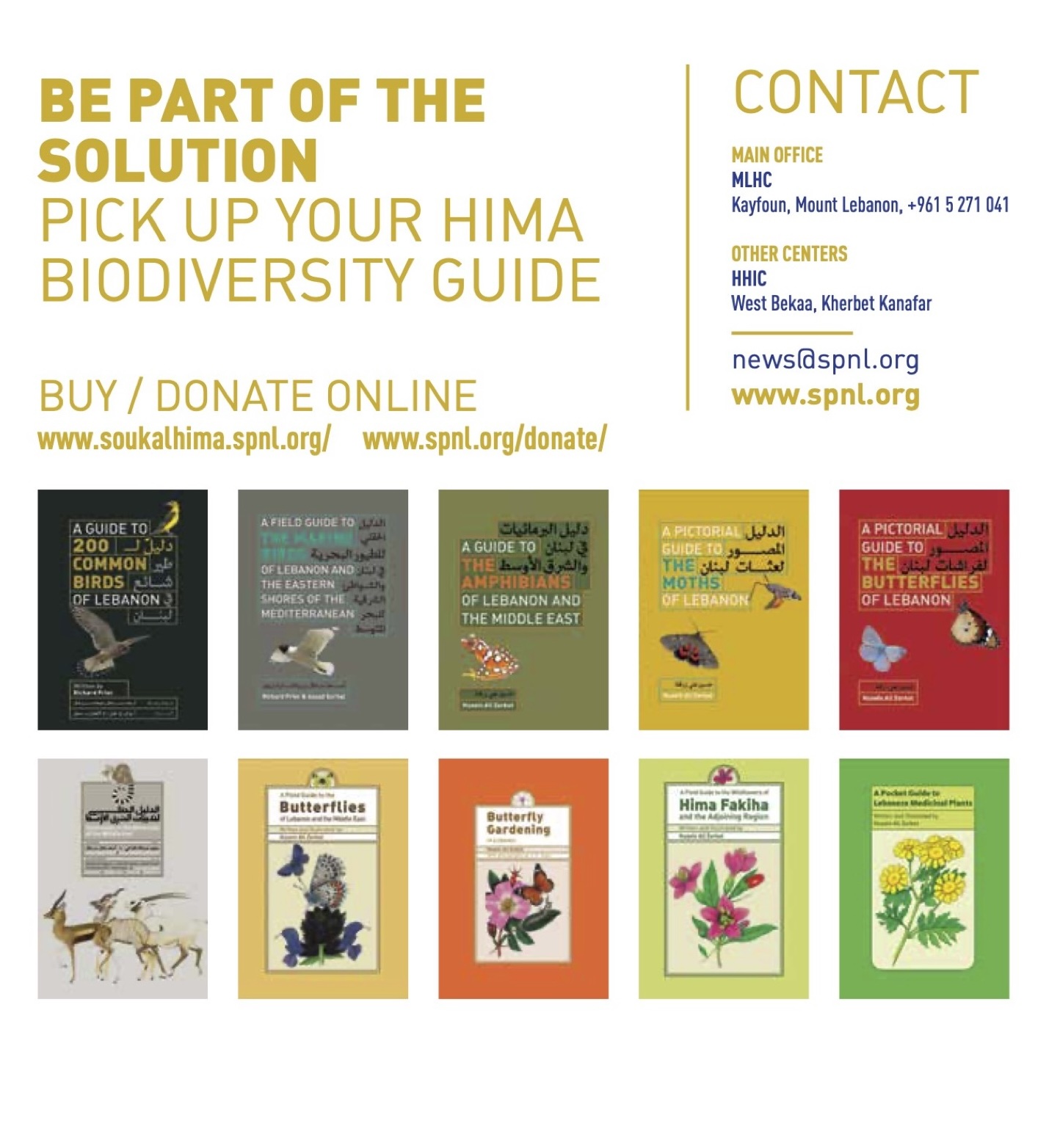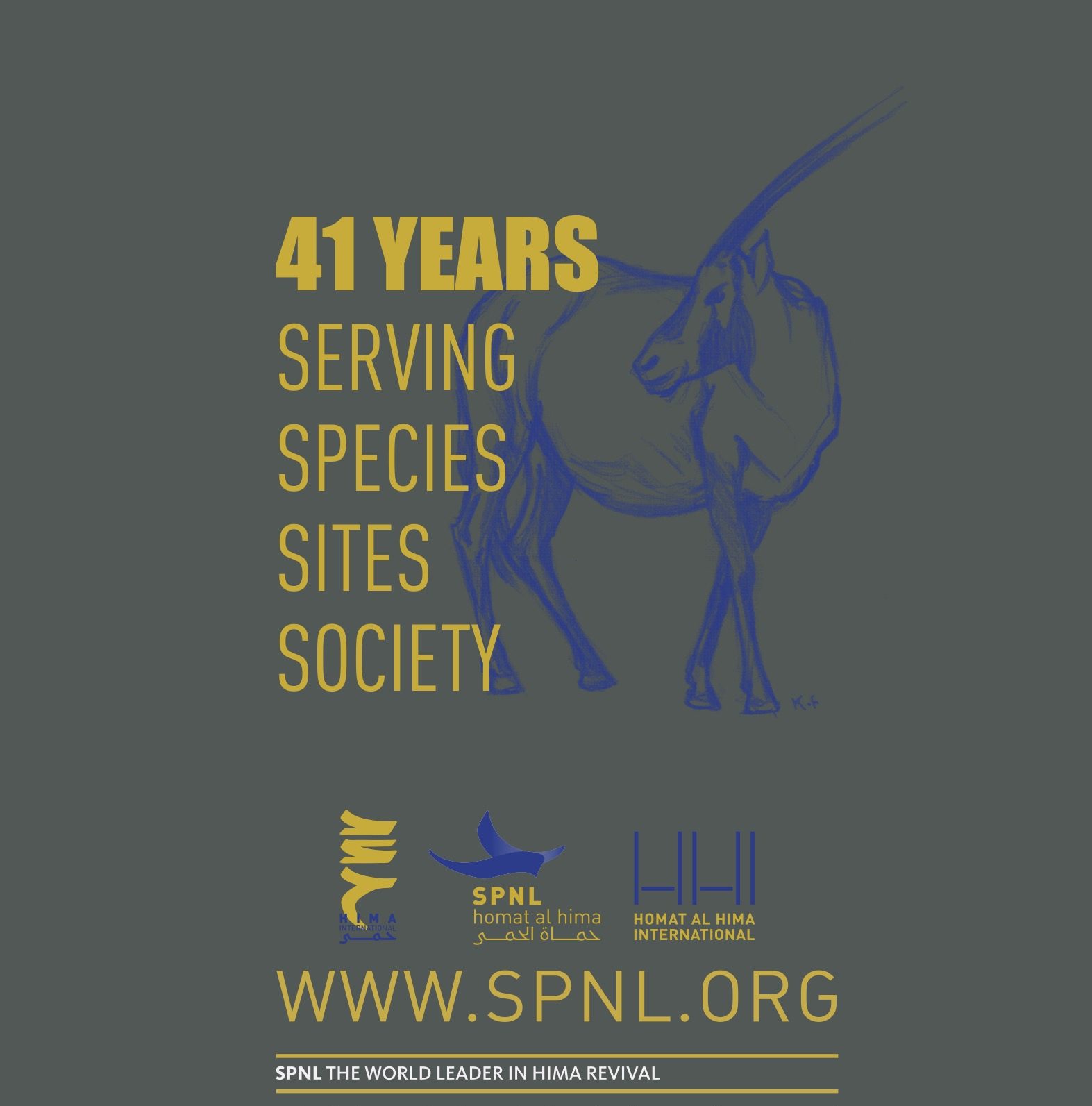February 2nd marks World Wetlands Day, the date of the adoption of the Convention on Wetlands in the Iranian city of Ramsar on the shores of the Caspian Sea (the so-called Ramsar Convention). This year the focus is on Wetlands & Agriculture: Partners for Growth, placing a focus on the need for the wetland and agricultural sectors (and the water sector) to work together for the best shared outcomes.
Aammiq and Anjar- Kaferzabad Wetlands are two of the few remaining natural, freshwater reserves in the Middle East. Bird lovers from all corners of the globe flock to this ‘Important Bird Areas’ so designated by Birdlife International in 1994.
Wetlands provide vital benefits for millions of people, including food, fibre, flood protection, water purification and supply. Their importance is reflected in the designation of nearly 2,000 Wetlands of International Importance (or Ramsar sites) covering more than 191 million hectares.
Wetlands have often been seen as a barrier to agriculture, and they continue to be drained and reclaimed to make farming land available. But the essential role of wetlands in support of agriculture is becoming clearer and clearer, and there are successful agricultural practices which support healthy wetlands.
Food production needs to increase by 60% to feed a growing global population that could exceed nine billion people by 2050. Agricultural water consumption is estimated to increase by 19%, with much of the increased demand being for irrigation in areas which are already water-scarce.
Agriculture’s growing demands for water and land are increasingly threatening the future of wetlands. The drainage and conversion of wetlands for cultivation or aquaculture are highly visible examples; equally harmful is the widespread use of pesticides and fertilizers which contribute to wetland pollution.
Successful agricultural practices that support healthy wetlands include water efficient irrigation systems and drought-tolerant crops. Organic farming and other practices that reduce water pollution can also help maintain healthy wetlands.
Wetlands are diverse habitats that are extremely important for biodiversity; waterbirds such as herons, egrets, swans, ducks and geese, and waders use wetlands during the majority of their lifetime. At least 12% of all Globally Threatened Birds depend on wetlands. The most important types of wetlands for these birds are lakes and pools; rivers and streams; bogs, marshes and swamps; and coastal lagoons. Wetlands make up a high percentage of Important Bird and Biodiversity Areas mainly due to their importance for large congregations of waterbirds.
The Ramsar Convention has become one of the most important global mechanisms for BirdLife Partners in their national work with many Partners having contributed to the designation of IBAs as “Wetlands of International Importance” in their countries.






